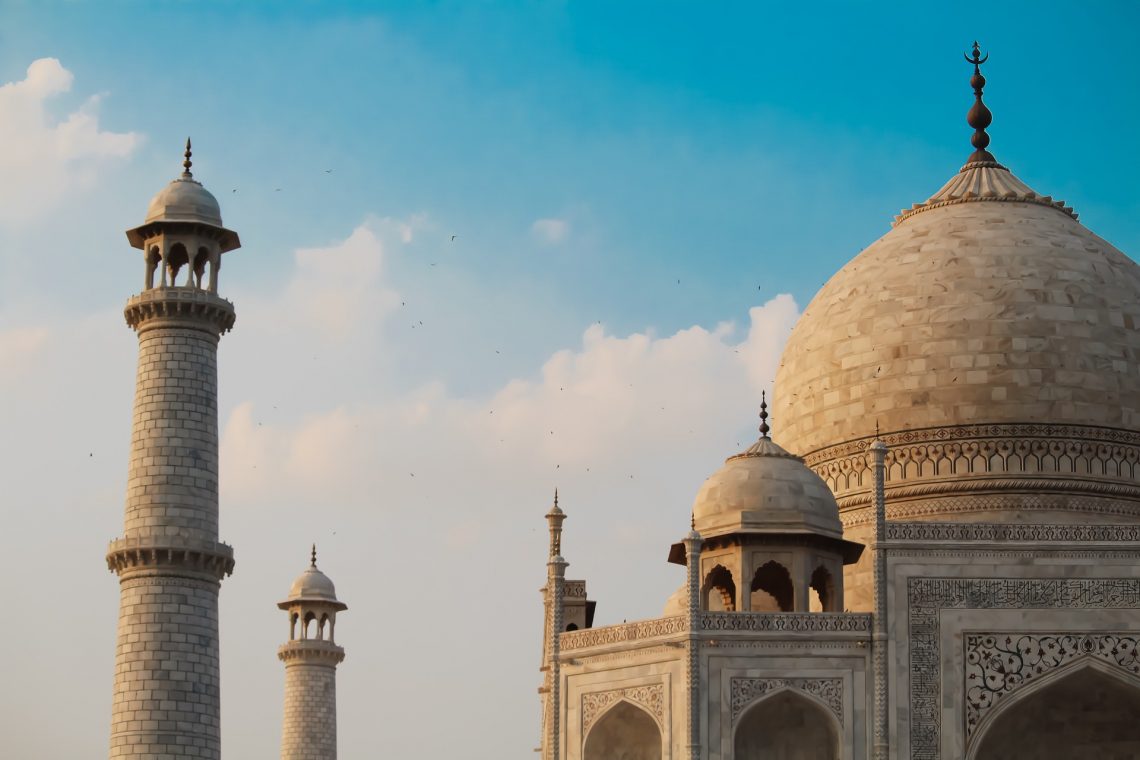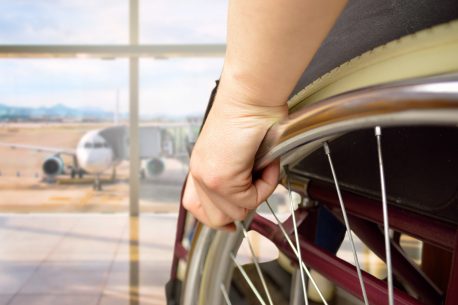

The Golden Triangle
A 7-day trip to discover the most famous cities of India: Delhi, the capital and the administrative and commercial center of the country; Agra, with its Taj Mahal, the symbol of love that never dies; Jaipur, the pink city, capital of Rajastan. The journey requires a good spirit of adaptation for some long car transfers.
Shared departure Minimum 2 participants.
Departure from Italy with scheduled flights. Meals and overnight on board.
Arrival in Delhi. Handling of check-in and customs formalities. Meeting with the local assistant and transfer to the hotel. The rooms will be immediately available. After breakfast, we will start visiting the city. The first settlements in the Delhi area dates back to the ninth century, when it was the mythical city of Indraprastha, capital of the Pandavas, the Hindu heroes whose deeds are found in the epic poem of the Mahabharata. After there was a period of feudalism under the government of the Rajput, the aristocratic Muslim warriors. Over the centuries seven cities were built and underwent several raids from the surrounding territories. Since 1526 Humayun and his skilled successors extended the empire beyond the borders of Delhi, trying to reunify the country. The eighth city was built when Emperor Shah Jahan moved the capital from Agra to Delhi. The construction of the main monuments of the city dates back to this period. With the British arrival, Calcutta was chosen as the capital and only in 1911 the capital was brought back to Delhi. On the 9th of February 1931 the English viceroy inaugurated New Delhi on a project by Sir Edwin Lutyens and Herbert Baker. The new city included government buildings, the palace housing the National Museum, two churches and most of the residences that are part of the representation area. In 1947 Delhi became the capital of Independent India. In the afternoon visit to the new city: the central districts where the government buildings are located; the India Gate, arch erected in memory of the First World War, the Parliament Building, the Qutab Minar, one of the tallest stone towers in India that was started in 1199 by Qutab ud-din and completed by his successors. In the late afternoon, weather permitting, visit a Sikh temple. Dinner and overnight.
Breakfast. In the morning visit of the old city (Shahjahanabad), built by the powerful Mughal emperor, Shah Jahan. The old city was once surrounded by a red sandstone wall with fourteen access doors. Fascinating and picturesque maze of narrow streets, it is divided into two parts by the Silver Street, a colorful and vibrant succession of shops and bazaars. In the same area you can visit the Jama Masjid, one of the largest mosques in the world, built in 1650. The mosque has a more severe structure than the civilian buildings wanted by the emperor. Free afternoon. Overnight.
Breakfast and departure for Agra, visit of the Taj Mahal (attention: it is closed on Friday), one of the seven wonders in the world which stands in the middle of a lush garden. Its beauty transcends all description. Built by Mughal Emperor Shahjehan in 1631 in memory of his wife Mumtaz Mahal, who died during the birth of his 14th son after 17 years of marriage. To erect the monument precious stones of all kinds , pearls, corals were collected and 20.00 among the best craftsmen were called from all over the realm; they took 22 years to complete this masterpiece. Continue to the Red Fort, a vast building overlooking the Yamuna River, started by the Emperor Akbar and then enlarged by the succeeding emperors, where you can visit the public and private audience rooms. Not all monuments preserved inside can be visited. Return to the hotel for dinner and overnight.
Breakfast and departure for Jaipur, along the way stop and visit to the Fathepur sikri, the remains of an ancient city desired by the Afghan ruler Sikander Lodi. The imposing funerary monument of Emperor Akbar was built on this site, surrounded by a 75-hectare garden, in the Indo-Islamic style, and erected according to distinctive features that intended to symbolize the convictions of religious tolerance of this great sovereign. Inside the complex there are the ruins of the Baradi Palace, built in 1495, 100 meters north of the foundation stone of the ancient city, expropriated in 1623 by Jehangir who erected the mother's tomb there. Arrival in Jaipur, hotel accommodation.
Breakfast. In the morning departure for Jaipur.
After breakfast, visit to Amber Fort. This is one of the most fascinating Indian forts which includes the Hall of Mirrors, the Hall of public audiences and the splendid gardens which give a glimpse of the majesty of the old times. Then, in the afternoon, visit to City Palace, with its numerous courtyards and gardens, which offers wonderful contrast with its many sumptuous structures. In addition, after the Hawa Mahal visit to the Jantar Mantar - the Observatory which incorporates multiple buildings of unique geometric shapes, each with a specialized function for astronomical measurement. Transfer to Delhi, hotel accommodation until transfer to the airport.
Transfer to the airport in due time.
Tariff per person, starting from:
| Departure | Double | Supplement single |
|---|---|---|
| From 1 October 2019 to 31 March 2020 | € 1,570 | € 420 |
| From 1 April 2020 to 30 September 2020 | € 1,390 | € 290 |
| From 1 October 2020 to 31 March 2021 | € 1,570 | € 420 |
Notes
(B / L / D): B = breakfast; L = lunch; D = Dinner
NOTES: Supplements for local holidays, Christmas and New Year’s Eve dinners and high season (from 20 December to 10 January), when mandatory, will be communicated at the time of booking
Hotels proposed 5 stars or similar (disabled friendly):
Check-in at hotels is usually at 2.00 pm check out at 12.00 a.m.
NB Some visits may be partially accessible.
The itinerary may be subject to changes based on weather and road conditions.
To access some temples you will be asked to remove shoes and socks. Tips are not mandatory but are recommended for drivers and guides. In Jaipur and Agra customers will share services with Go Asia passengers registered on India group tours that depart on different dates. * Transfer from Agra to Delhi could be private.
To participate in this trip you need an Indian visa and a passport with a residual validity of 6 months from the date of entry into India with at least 2 free pages. Within thirty days from the date of departure, you must send us a scanned copy of your passport, a 5 x 5 passport photo and a duly completed form.
During the journey, passengers must bring with them a copy of the electronic travel authorization (ETA) and the flight ticket.
Reference exchange rates for currencies:
Currency: Rupee – Exchange rate: 78.45
Changes in exchange rates with fluctuations greater than 3% will lead to an adjustment in costs and will be communicated within 20 days of departure.
Currency block: € 50 per case.
Customers have the possibility of definitively blocking the cost of ground services which will no longer be subject to currency fluctuations. The request must take place simultaneously with the confirmation.
The tariff includes
The tariff does not include

Sometimes our life can take paths that you didn't even think could exist. This is what Pamela tells us in a nutshell: blogger, traveler and now also a guide for all those who like her have a passion for travel, but for various reasons are hesitant and do not find the spark to leave. Who […]